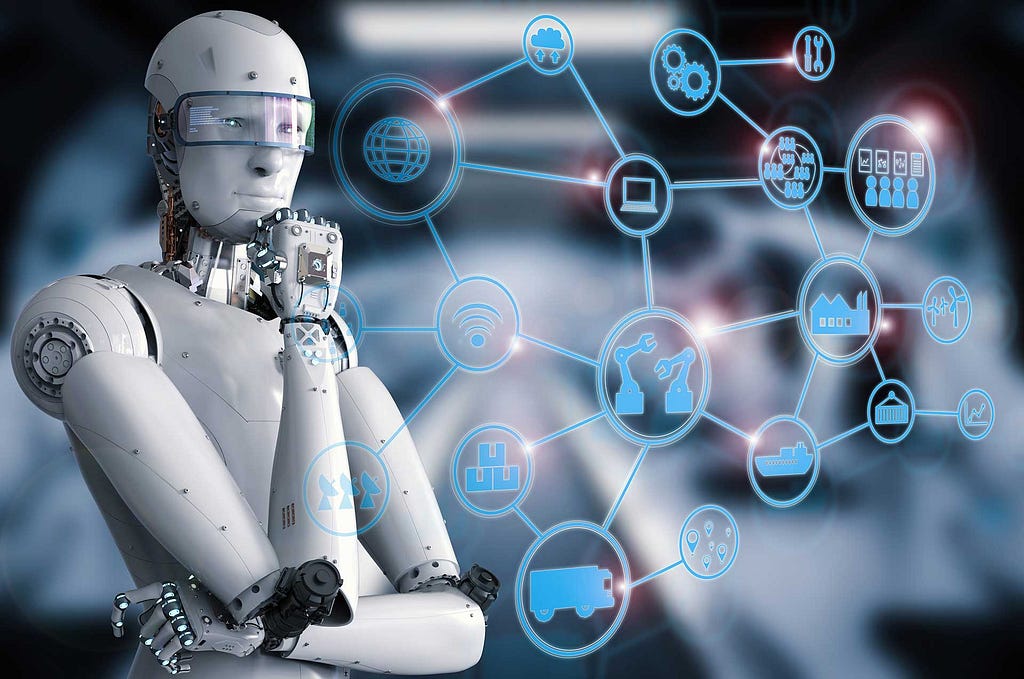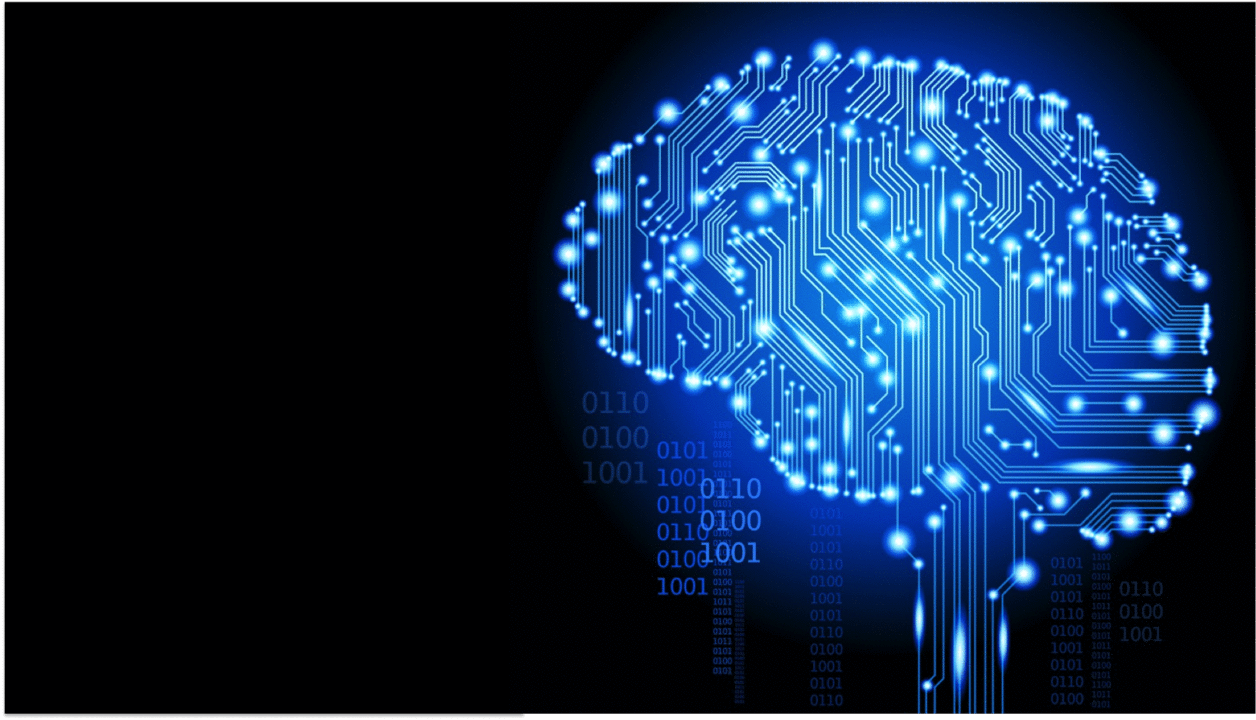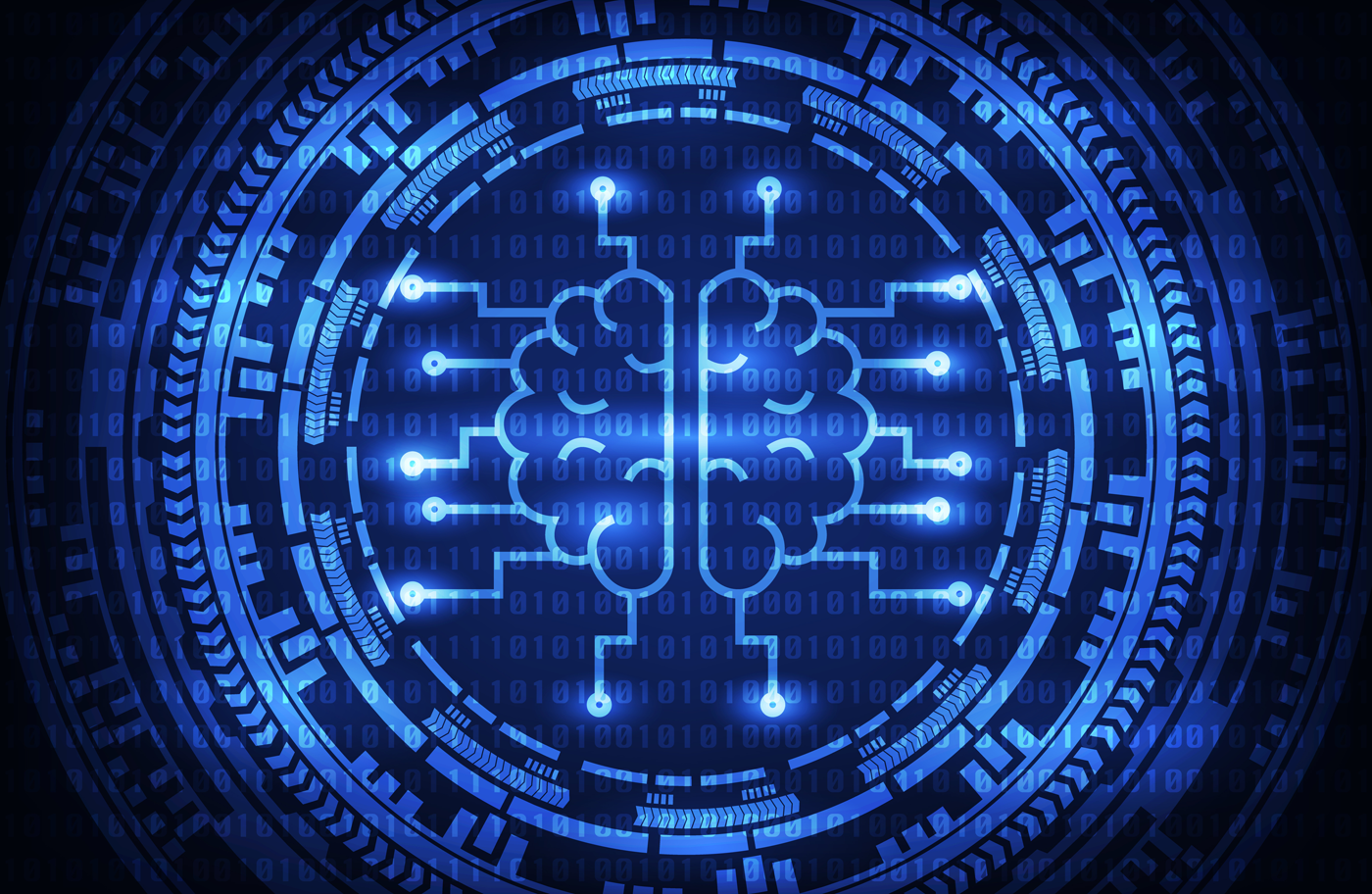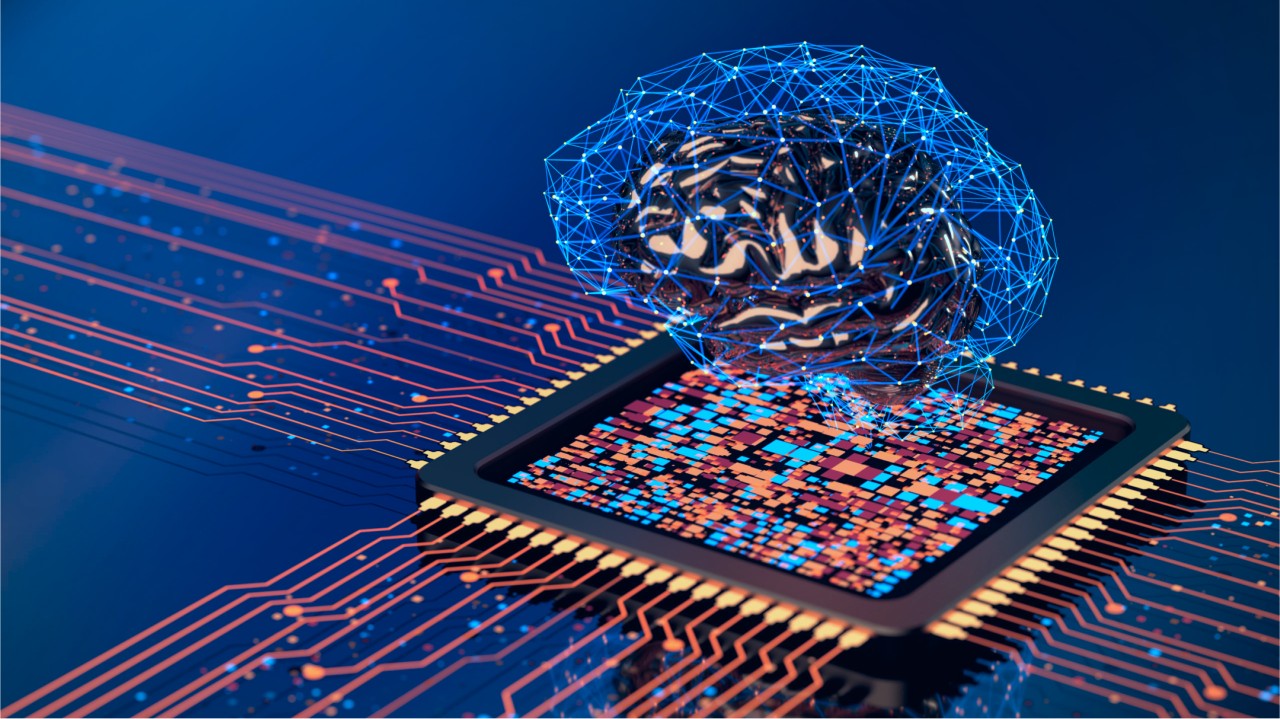Deep learning’s influence continues to grow, unveiling new opportunities and applications across diverse sectors. Here’s an exploration of additional areas where deep learning is making significant strides and what the future may hold.
Deep Learning in Agriculture
- Precision Farming:
- Automated Crop Monitoring: Deep learning enhances crop monitoring through automated drones and satellite imaging, providing detailed insights into crop health, growth stages, and potential issues. This helps farmers make data-driven decisions to optimize yield and resource use.
- Weed and Pest Detection: AI models identify weeds and pests by analyzing imagery from field sensors. This enables targeted application of herbicides and pesticides, reducing chemical use and environmental impact.
- Soil Health Management:
- Soil Quality Analysis: AI systems assess soil quality by analyzing data from sensors and satellite imagery. This includes measuring nutrient levels, moisture content, and soil composition to guide fertilization and irrigation practices.
- Predictive Soil Analytics: Deep learning models predict soil conditions and potential issues based on historical data and environmental factors. This supports proactive soil management and sustainable agricultural practices.
Deep Learning in Energy Sector
- Smart Grid Management:
- Demand Forecasting: AI models predict energy demand by analyzing historical usage patterns, weather data, and socio-economic factors. This helps utilities manage supply and demand efficiently, ensuring grid stability.
- Fault Detection: Deep learning enhances grid reliability by detecting and diagnosing faults in real-time. AI systems analyze sensor data to identify potential issues and dispatch maintenance teams promptly.
- Renewable Energy Optimization:
- Wind and Solar Forecasting: AI models predict wind and solar energy generation based on weather forecasts and historical data. This improves the integration of renewable energy sources into the grid and enhances their reliability.
- Energy Storage Management: Deep learning optimizes energy storage systems by predicting usage patterns and adjusting charging and discharging schedules. This maximizes the efficiency of energy storage and supports grid stability.
Deep Learning in Transportation
- Traffic Management:
- Smart Traffic Signals: AI systems optimize traffic signal timings based on real-time traffic data, reducing congestion and improving traffic flow. This includes adaptive signal control that responds to changing traffic conditions.
- Traffic Prediction: Deep learning models forecast traffic patterns and potential bottlenecks. This information supports urban planning and helps in designing efficient transportation infrastructure.
- Logistics and Supply Chain:
- Route Optimization: AI models optimize delivery routes by analyzing traffic conditions, weather, and other variables. This reduces transportation costs and improves delivery times.
- Demand Forecasting: Deep learning enhances supply chain management by predicting demand patterns and inventory needs. This helps businesses manage stock levels, reduce waste, and ensure timely replenishment.
Deep Learning in Human Resources
- Talent Acquisition:
- Resume Screening: AI systems streamline the recruitment process by analyzing resumes and matching candidates with job requirements. This reduces the time spent on manual screening and improves the quality of hires.
- Interview Analysis: Deep learning models assess candidate responses and interactions during interviews. This includes analyzing speech patterns, facial expressions, and language to evaluate candidate suitability.
- Employee Engagement:
- Sentiment Analysis: AI analyzes employee feedback and communication to gauge engagement and satisfaction levels. This helps organizations identify issues, improve workplace culture, and enhance employee retention.
- Performance Management: Deep learning models track and analyze employee performance metrics. This supports personalized development plans and provides insights for performance evaluations.
Deep Learning in Cybersecurity
- Threat Detection:
- Anomaly Detection: AI models identify unusual patterns in network traffic and system behavior that may indicate cybersecurity threats. This includes detecting malware, phishing attempts, and unauthorized access.
- Behavioral Analysis: Deep learning enhances threat detection by analyzing user behavior and identifying deviations from normal patterns. This helps in detecting insider threats and preventing data breaches.
- Incident Response:
- Automated Response: AI systems automate responses to security incidents by taking predefined actions based on detected threats. This includes isolating affected systems, blocking malicious traffic, and alerting security teams.
- Forensic Analysis: Deep learning aids in forensic analysis by analyzing logs, network data, and system artifacts. This helps in understanding the nature of attacks, identifying vulnerabilities, and improving security measures.
Deep Learning in Education
- Adaptive Learning:
- Personalized Learning Paths: AI models create customized learning experiences based on individual student needs and progress. This includes recommending resources, adjusting difficulty levels, and providing targeted support.
- Real-Time Feedback: Deep learning systems offer real-time feedback on student performance and learning activities. This helps educators identify areas where students need additional help and adjust their teaching strategies accordingly.
- Educational Content Creation:
- Automated Content Generation: AI generates educational materials, such as quizzes, study guides, and instructional videos, based on curriculum requirements. This reduces the time and effort needed to create content and supports diverse learning needs.
- Interactive Learning Tools: Deep learning enhances interactive learning tools, such as virtual labs and simulations. These tools provide engaging and immersive learning experiences that support hands-on learning.
Future Innovations and Considerations
- AI and Human Augmentation:
- Enhanced Cognitive Abilities: AI systems augment human cognitive abilities by providing tools for decision support, problem-solving, and creativity. This includes advanced analytics, intelligent assistants, and creative AI applications.
- Assistive Technologies: Deep learning drives innovations in assistive technologies, such as prosthetics, exoskeletons, and communication devices. These technologies enhance the quality of life for individuals with disabilities.
- AI and Sustainability:
- Sustainable Development: AI supports sustainable development by optimizing resource use, reducing waste, and promoting eco-friendly practices. This includes applications in energy efficiency, waste management, and environmental protection.
- Circular Economy: Deep learning models help design and manage circular economy systems, focusing on recycling, reuse, and sustainable production practices. This reduces environmental impact and promotes resource conservation.
Conclusion
Deep learning is a transformative technology with the potential to revolutionize numerous domains, from agriculture and energy to cybersecurity and education. As the technology continues to advance, it will drive innovation, address complex challenges, and create new opportunities for growth.
The future of deep learning promises exciting developments, and embracing these advancements while addressing ethical considerations and promoting responsible use will be crucial for maximizing the benefits of deep learning and ensuring its positive impact on society.



